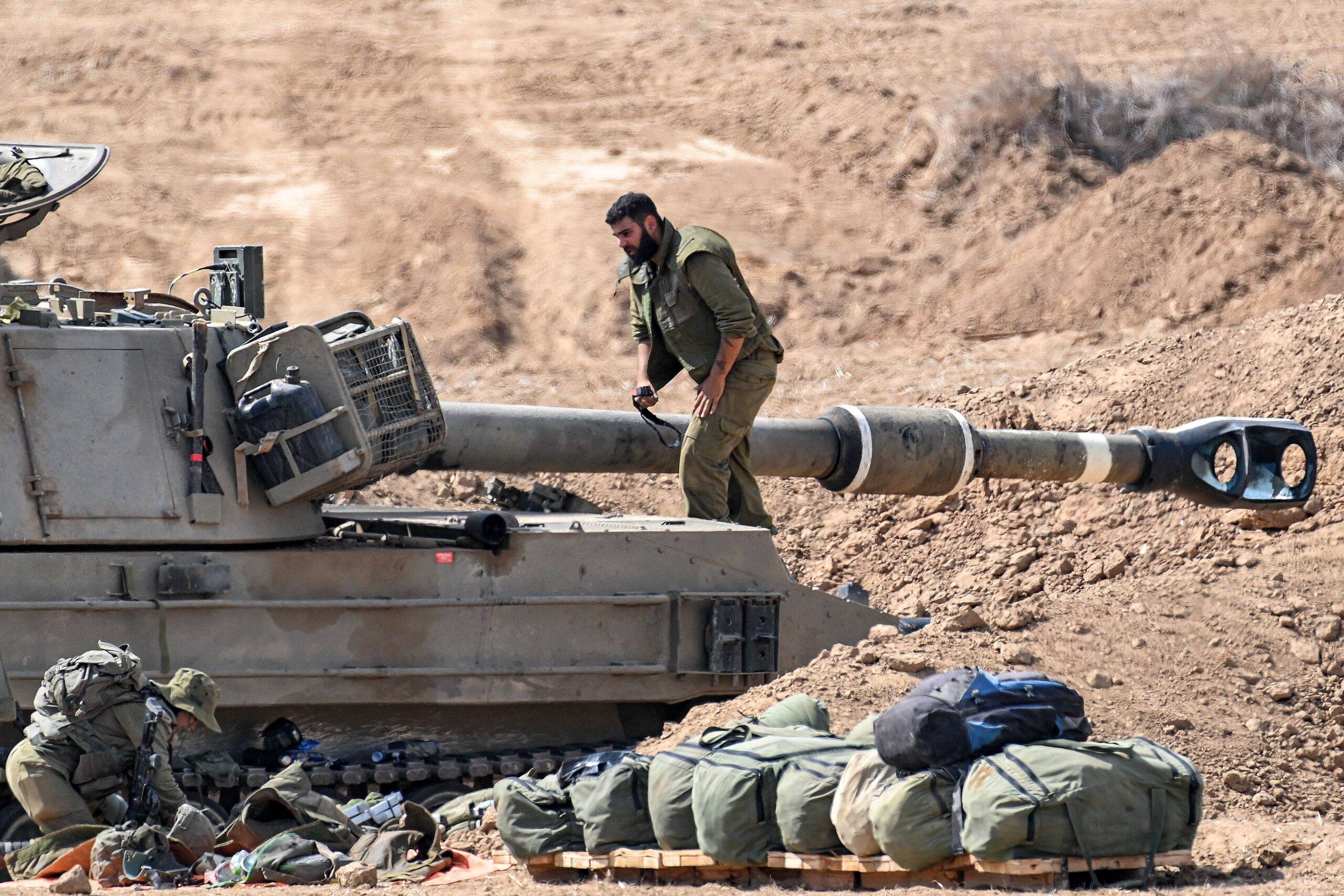A ground operation into Gaza by the Israeli military is very likely in the coming days
This assessment was issued to clients of Dragonfly’s Security Intelligence & Analysis Service (SIAS) on 11 October 2023.
- There have been reports of significant Israeli military deployments in southern Israel and along the Gaza border
- On current indications, a formal and prolonged occupation of Gaza by the Israeli army seems unlikely
A ground incursion by the Israeli army into Gaza in the coming days is very likely in our assessment. We have seen some signs that the Israeli army is preparing for this in response to the Hamas-led assault on southern Israel on 7 October. Up to 300,000 reservists have been called up to the Israeli army and reliable media footage shows troops, trucks and tanks being deployed along the Gaza border. However, signs this operation is imminent would be the closure of roads, mass evacuation of residents in southern Israel and the setting up of mobile medical facilities there; so far we have only seen roadblocks in the area.
The Israeli military response to the Hamas attack in southern Israel is very likely to be stronger than usual, in our assessment. Even previous escalations on a much smaller scale have prompted weeks-long wars between Israel and Hamas. But the Israeli death toll in the past few days, over 1,000 at the time of writing, is already the biggest ever outside of all-out wars involving regional states. This is reflected in messaging from the Israeli government and army since the attack, but also the response from Western allies who have so far all refrained from pressuring Israel to ensure that its military response is proportionate.
However, the scale and length of the operation are still unclear. The formation of a unity government today, 11 October, will provide greater clarity over Israel’s longer-term objectives in Gaza. Israeli politicians have so far said the objective is to destroy or degrade Hamas. But how this is achieved – and whether it is achievable – remains unclear. Irrespective, Israeli air strikes in Gaza are almost certain to persist until the end of October at least. Hamas militants will very probably continue to respond with rocket attacks into central and southern Israel; primarily in areas adjacent to Gaza in southern Israel.
Week-long targeted ground operation scenario most likely
We have outlined what we assess are the three most likely scenarios to play out in Gaza over the coming weeks and months. Within all these, we anticipate that Israeli air strikes in Gaza and restrictions on food, fuel and electricity supplies will persist. And that Hamas will also continue to launch rockets into southern Israel, although the frequency of these will probably decline as militants’ stockpiles are used and destroyed. We have also outlined the topline security and stability implications of each scenario.
Scenario 1: Targeted ground operation lasting one week very likely (~75-85%)
- Israeli air strikes for several weeks
- Hamas rocket launches for a week then easing
- Targeted Israeli ground operation against Hamas fighters involving no more than a few thousand soldiers, excluding reservists, into Gaza lasting around one week
Israel is very likely to enter Gaza in the coming days to degrade Hamas’ capabilities. The Israeli army has publicised its troop deployment along the Gaza border, implying that it is preparing for a ground operation. Hamas militants claim to have over 100 hostages, and while we doubt the Israeli army would go in just to extract hostages, it is very likely to enter Gaza under the guise of such an operation. But it would also go in to degrade Hamas’ assets and arrest and kill as many fighters as possible in an operation lasting no longer than a week.
Implications:
- Security in central Israel would improve as Hamas’ rockets are used up or destroyed. But southern Israel would very likely remain dangerous for the duration of the operation. Protests and sporadic armed clashes in the West Bank and mixed Israeli cities would be very likely.
- Regional actors would unlikely engage in a full-fledged war with Israel as a result of such a ground operation. But if there are clear signs that Hamas is on the verge of total collapse or there are reports (true or false) of widespread war crimes by Israeli soldiers on the ground, this risk would increase.
Scenario 2: Full ground operation and occupation of Gaza possible but unlikely (~40-50%)
- Israeli air strikes for several weeks
- Hamas rocket launches for the rest of the week then halting
- Full Israeli ground operation in Gaza involving at least 100,000 soldiers including reservists with a de facto occupation lasting until the end of the year
We do not anticipate Israel will try to take full control of Gaza. This is because such an objective would entrench it in the day-to-day governance of the strip and reverse a 2005 decision to leave the territory. However, this scenario would become more likely if a unity government is not formed and far-right members of the current coalition pressure the army into taking effective control of Gaza. It is unclear how long this would last, but a de facto occupation would probably last until the end of the year as regional actors work out a political solution to the status and security of Gaza. This scenario would also heighten the risk of regional actors, such as Hezbollah, getting directly involved in the conflict.
Implications:
- Security in central Israel would improve as Hamas’ rockets are used or destroyed. But the mass mobilisation of Israeli troops to Gaza would give Palestinian militants and extremists in the West Bank and Israeli cities the perception (true or false) that mounting attacks there would be easier during this period. We also anticipate large and disruptive protests in the West Bank in East Jerusalem, especially after Friday prayers.
- Regional actors are very likely to condemn such an operation and a prolonged occupation of Gaza by the Israeli army. Hezbollah would probably conduct more intense attacks in the north, heightening the risk of a full-fledged war with Israel that involves the targeting of major cities, such as Haifa.
Scenario 3: Special forces operation doubtful (~20-30%)
- Israeli air strikes for several weeks
- Hamas rocket launches for several weeks
- Israeli special forces operations in Gaza – no ground operation
Although this scenario is currently unlikely, it remains plausible that the Israeli army would opt for a special forces operation to simply target senior Hamas leaders and attempt to free some hostages. In our assessment, this scenario would play out especially if Israel has credible intelligence or concerns regarding a military escalation on its northern borders and/or in the West Bank. This would be to not overcommit the Israeli army in Gaza in the event of a major military escalation in the north.
In the absence of a major escalation in the north of Israel, armed clashes and rocket attacks between Hezbollah and Israel in the disputed Golan Heights over the last few days demonstrate the persistent threat Israel is currently facing from multiple fronts. However, Hezbollah’s actions and rhetoric so far do not indicate an intention to get involved in a major confrontation with Israel, for now at least.
Implications:
- Security in southern Israel would remain extremely dangerous, particularly if special forces are faced with asymmetrical tactics inside the strip, allowing Hamas to continue launching rockets.
- Regional actors would very likely already be directly involved in the conflict in this scenario. This would involve more intense attacks by groups in Syria and southern Lebanon.
Image: An Israeli army soldier on a self-propelled howitzer near the Gaza Strip in southern Israel on 12 October 2023. Photo by Yuri Cortez / AFP via Getty Images.




